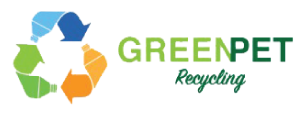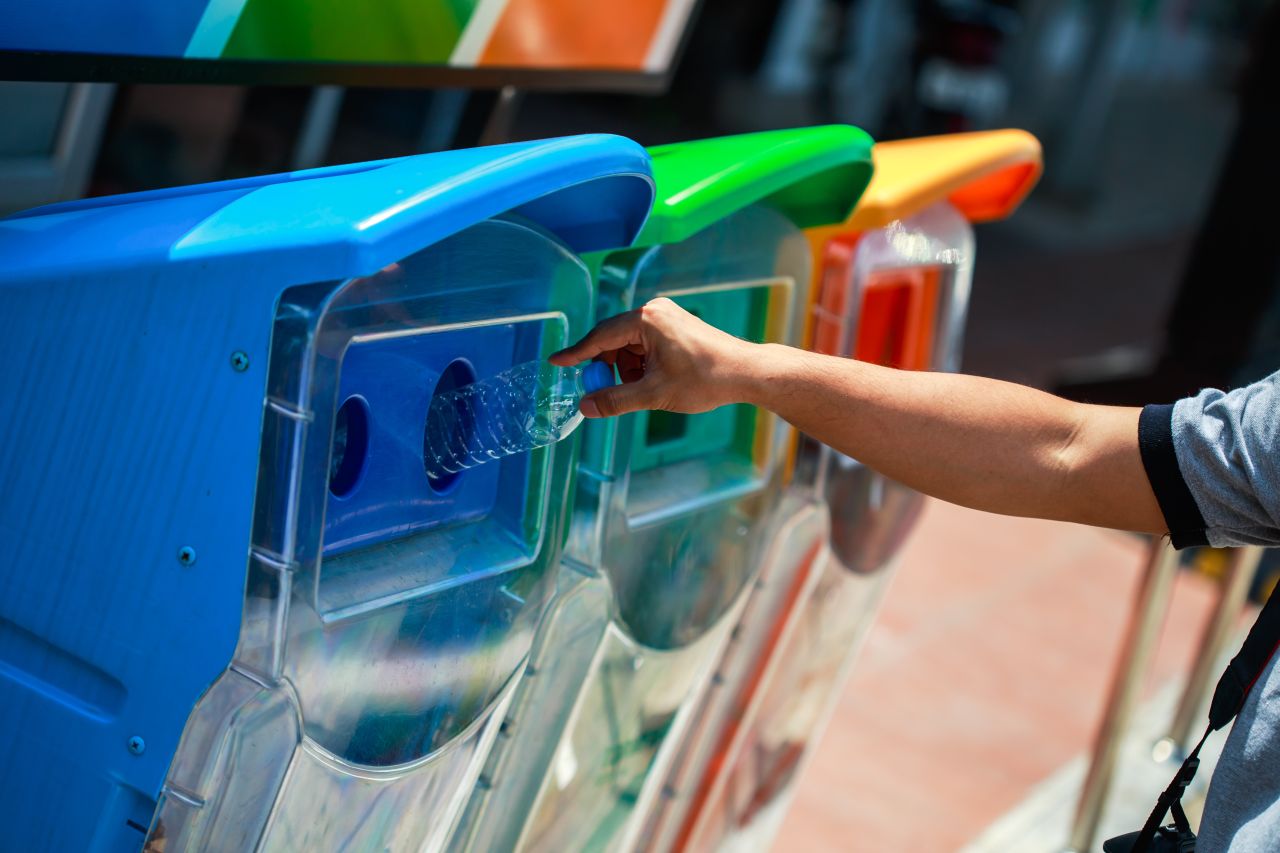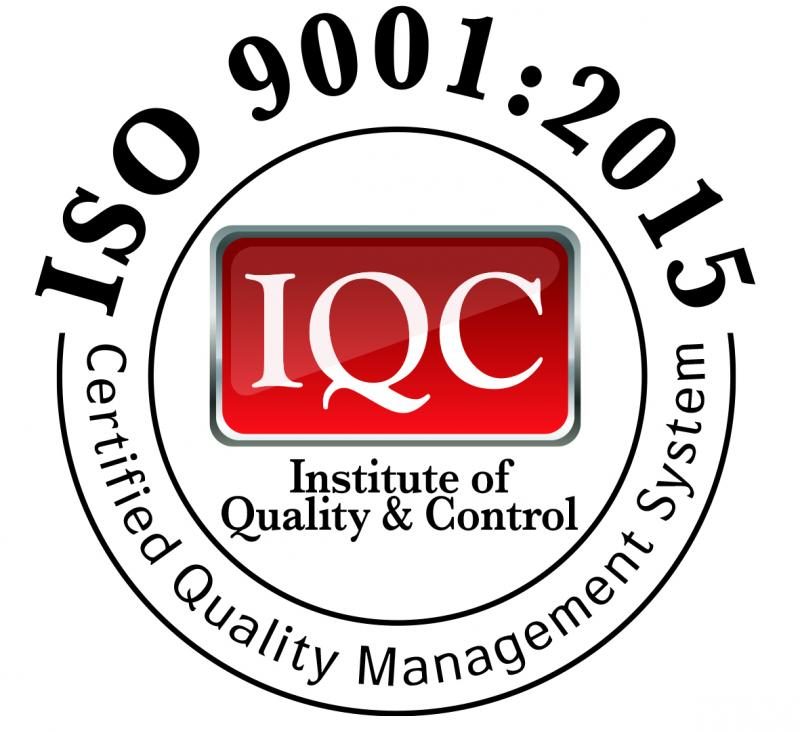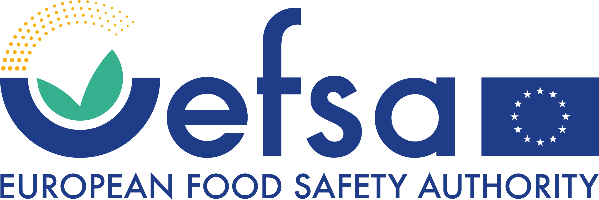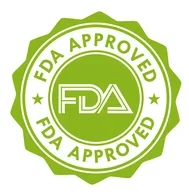In order to increase recycling rates, it is worth thinking about the end of its life, even at the product design stage. We are laying out some rules of thumb here and invite you to contact us and receive assistance in properly planning the product.
It is a fact that only nine percent of all plastic produced is recycled. Many countries around the world are making great efforts to increase this figure, but it seems that there are many difficulties along the way. Beyond the logistical difficulties, the lack of recycling centers, and the re-education of a population that was not used to it, another significant difficulty is the fact that various plastic products are simply not suitable for recycling.
There are many reasons for this. For example, a product with different layers that cannot be separated, or a product made of polymers for which there are no recycling streams, will not be able to be recycled. The solution: start thinking about the end of the product’s life, even at the design stage. This way, you can design and manufacture products that are intended to be recycled or decompose at the end of their life.
Golden tips for designing a recyclable product
- The composition of the polymers in the product: The keyword is Mono. In both PET bottles and containers made of polyolefins, the recommendation is to stick to a single polymer that can be easily recycled and to abandon multilayer compositions. If a barrier layer is needed, it is desirable that the concentration of the barrier material (such as EVOH or PA) does not exceed 5% by weight of the total material used for packaging. In the field of polyethylenes, you can find stretch films on the market made of PE only, with properties similar to multilayer film.
- Product label: For PET bottles, it is recommended that the label be made of a polyolefin material such as polyethylene or polypropylene, rather than PVC or PETg, which are similar in density to PET and make it difficult for automated systems to perform good separation. For polyethylene containers, the label can be made of PVC, as the difference in densities is large and it can be easily separated from the PE stream. There is no point in making the effort to produce a label that will be recycled with the product. Since the label itself is usually colored, it will contaminate the transparent recycled material, so in any case, good separation is necessary before recycling.
- Colors: The most important thing is that the polymer from which the container, bottle or tray is made is transparent. This way, the recycled material can be used for a variety of applications without limitations. Dominant or dark colors make recycling difficult. If sorted incorrectly, they can contaminate the transparent stream. If they are separated into a separate stream, they can only be used as raw material for dark products. This is because it is not cost-effective to separate the different colors due to the small quantities of each color. In the world of bottles, transparent PET is preferred, followed by the light blue shades that dominate the water bottle market. Darker colors are intended for industries inferior to the food industry – textiles, for example. In the world of PE containers, the dominant colors are transparent and milky white.
It should be emphasized that color recycling is possible but undesirable. This is with the exception of the black color based on coal. It cannot be separated at all because the reading of the coal masks the IR reading of the polymer. Therefore, if there is still a desire to produce a black product, special, more expensive black dyes can be used, which allow for IR sorting. - Corks/lids: Corks must be made of polyethylene or polypropylene. The separation systems at recycling plants can easily separate the bottles and corks. Sometimes corks contain a thin silicone layer for increased sealing. This layer affects the quality of the recycled material since it does not separate easily from the corks, and it is therefore recommended not to use it.
Collaboration is key.
From the shelves. Today, we can already see that this trend is gaining momentum. For example, we would like to mention the global company “Lego”, which has invested enormous efforts in research and development in order to produce its famous playing bricks from rPET.
Another example, and a local one, is the Ein Gedi company, which previously produced dark blue bottles. After talking to us, the company realized that it would be worthwhile to change the color of the bottles to a lighter shade that is common in the recycling industry, and in a bold move, changed the color spectrum of its bottles and promoted their recycling. The awareness of container manufacturers of the importance of recycling has grown significantly in the past decade, and it is hoped that this trend will continue to gain momentum for the benefit of all of us and for the benefit of the planet.
